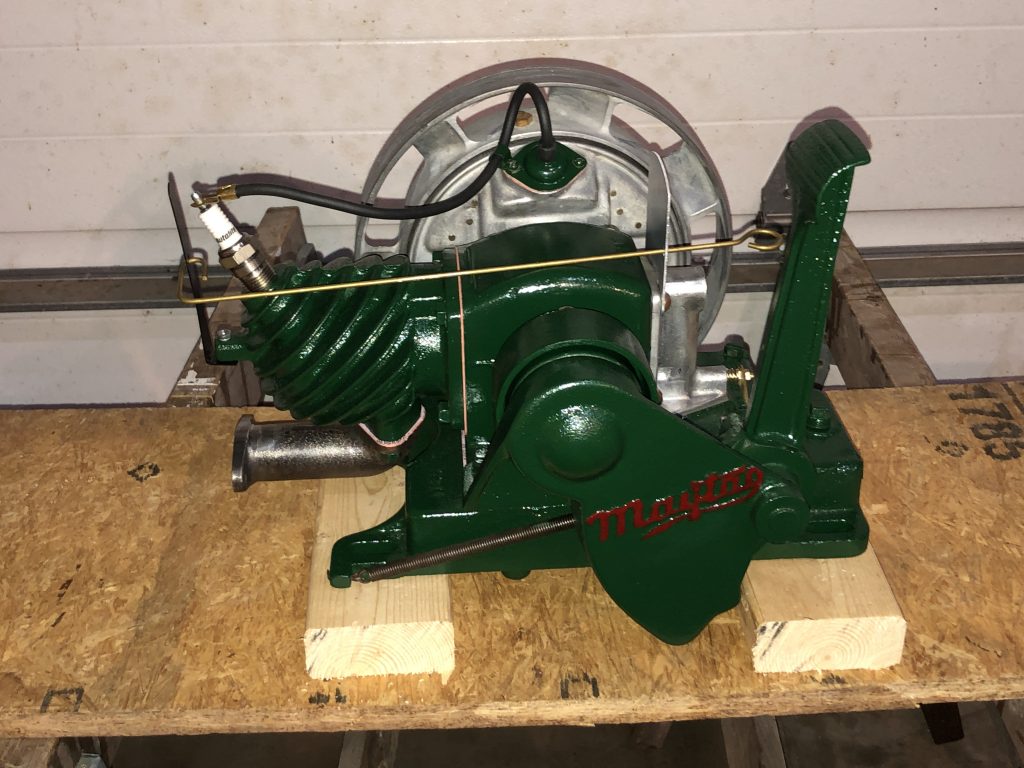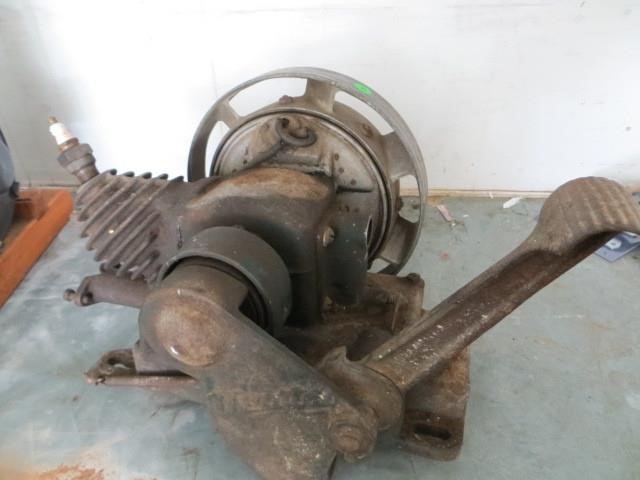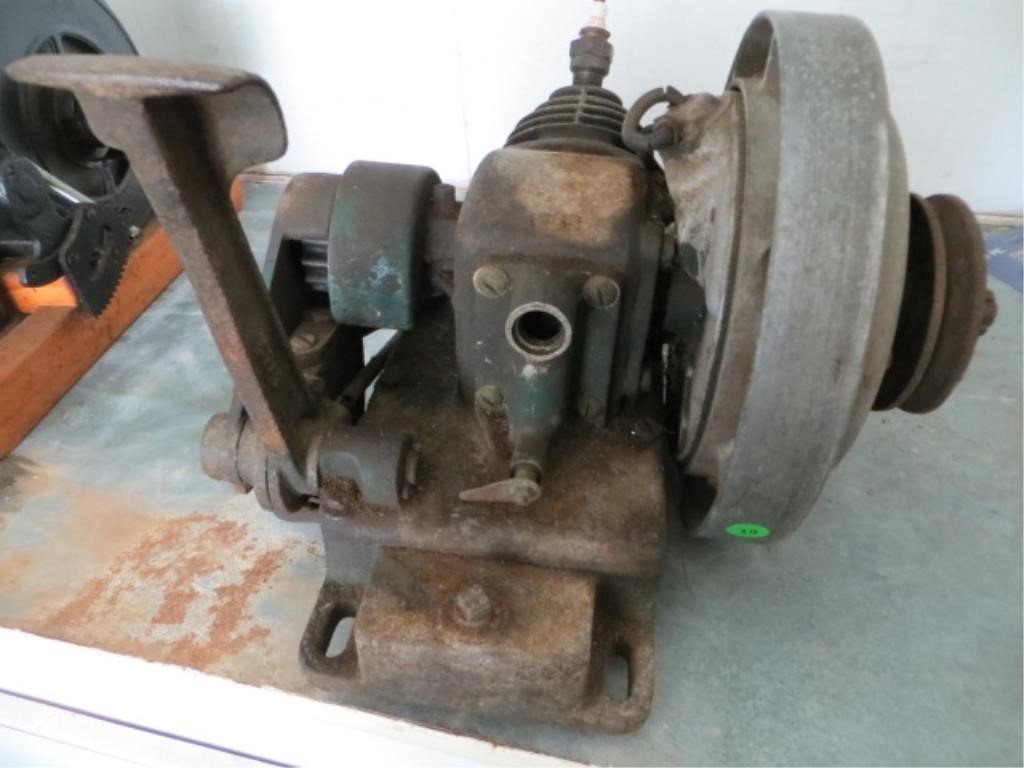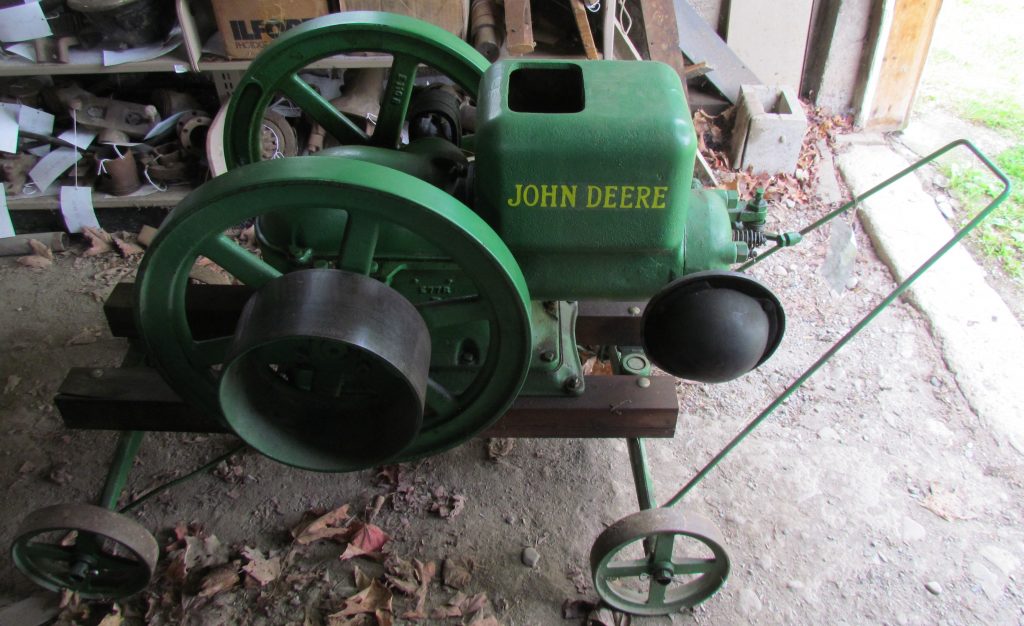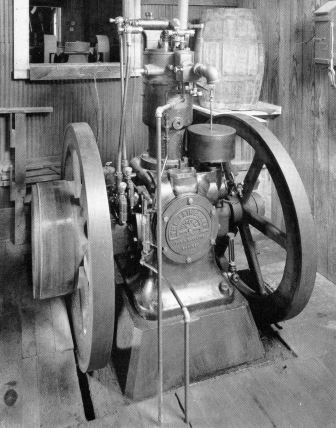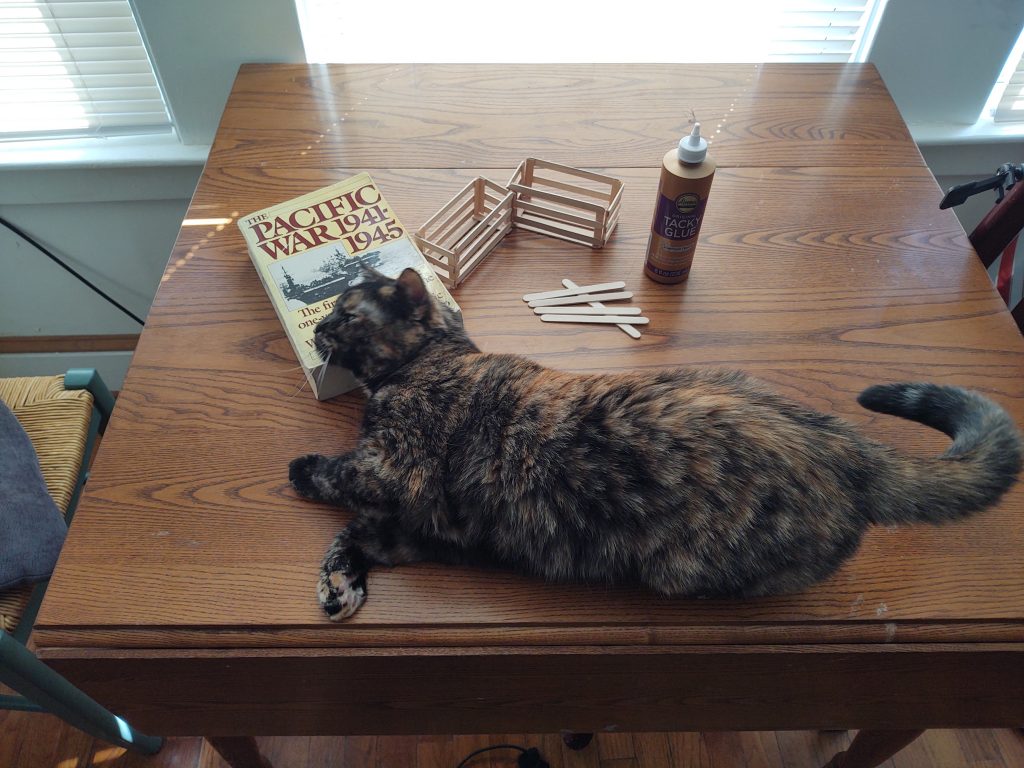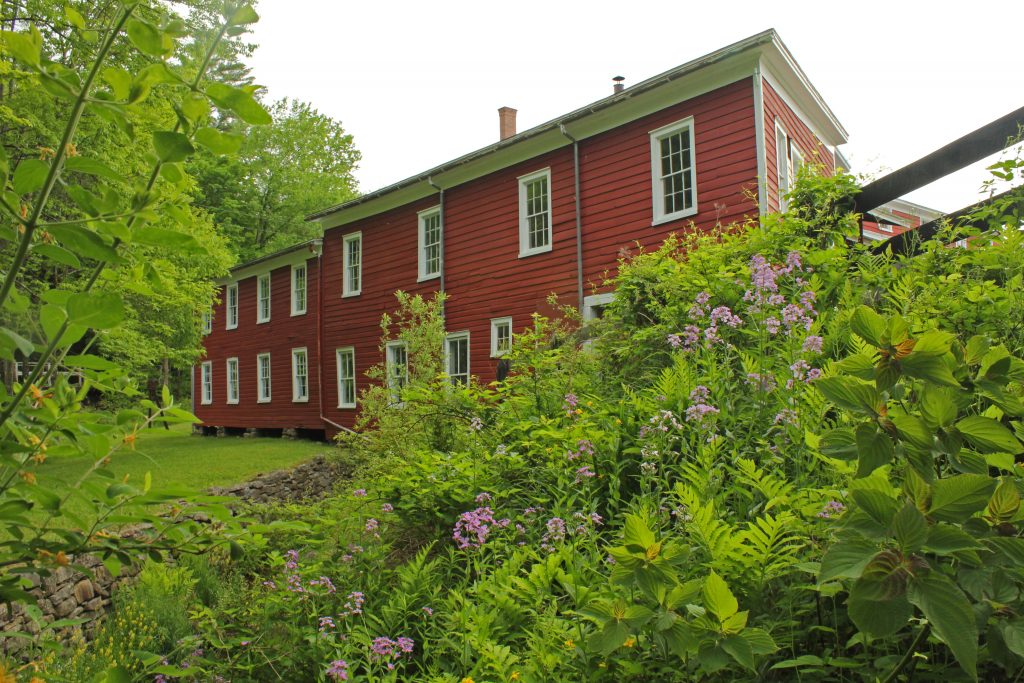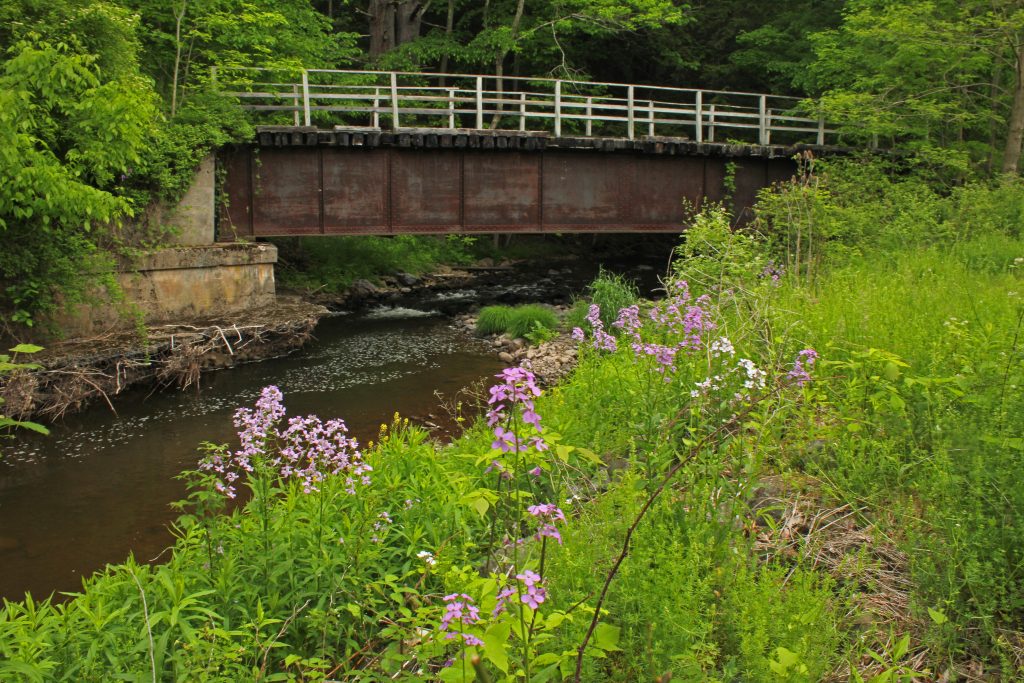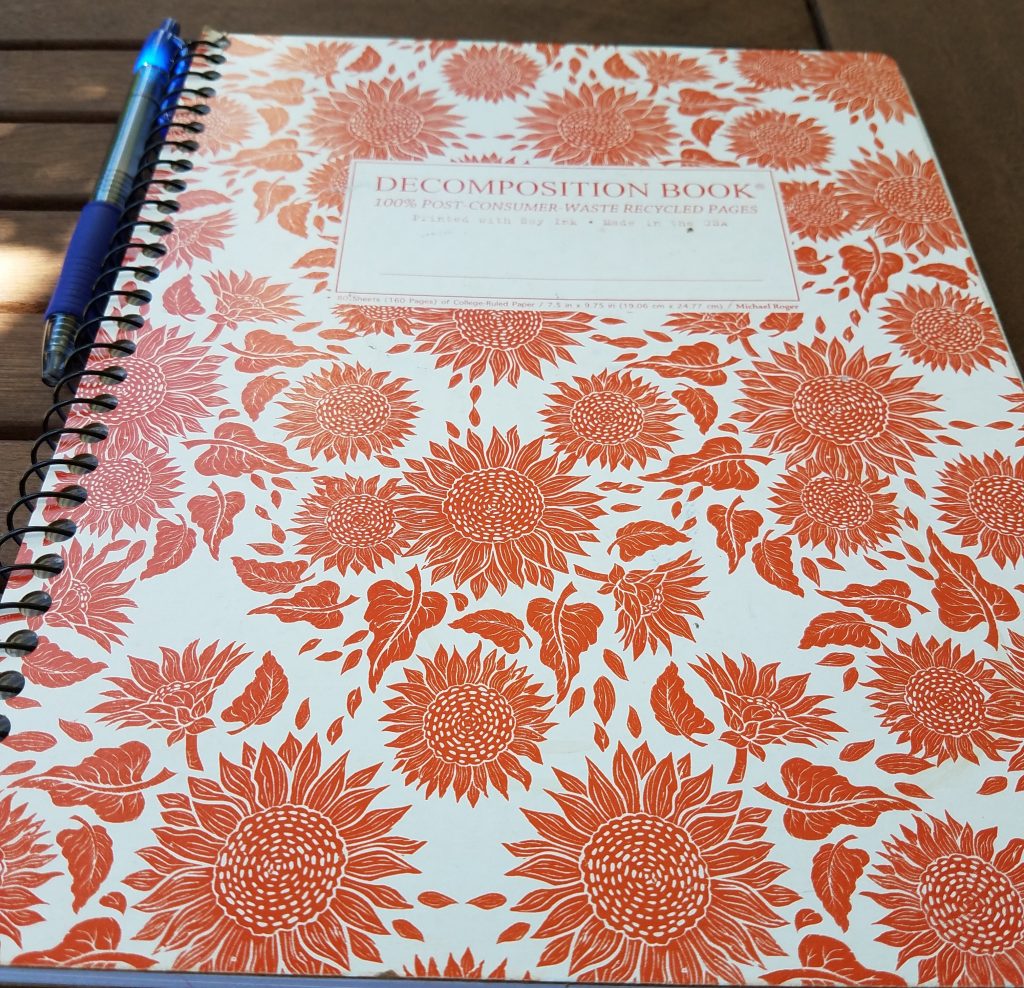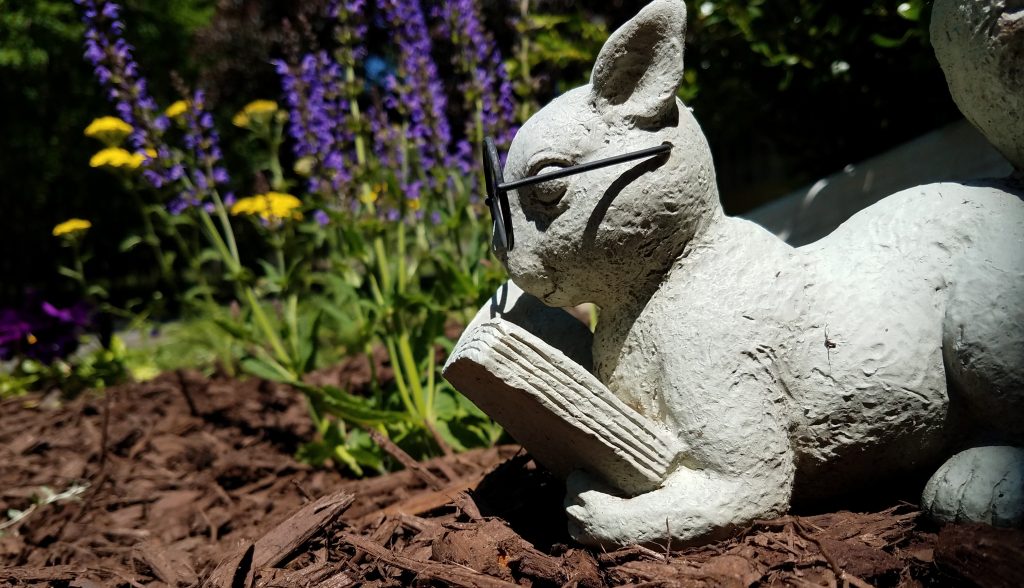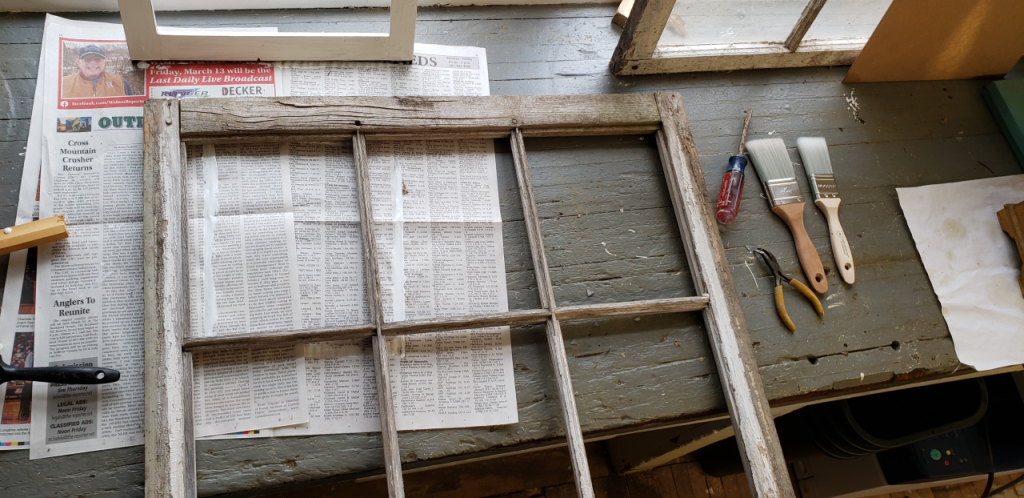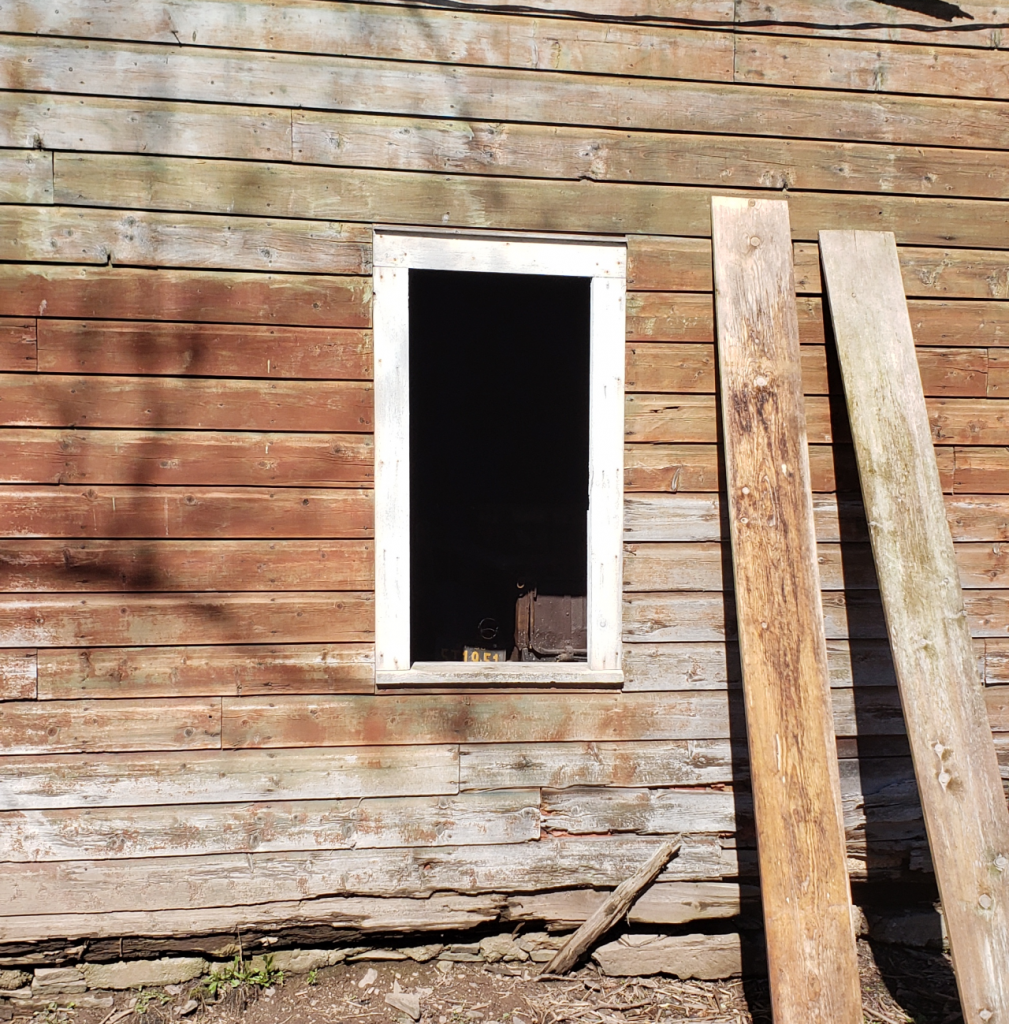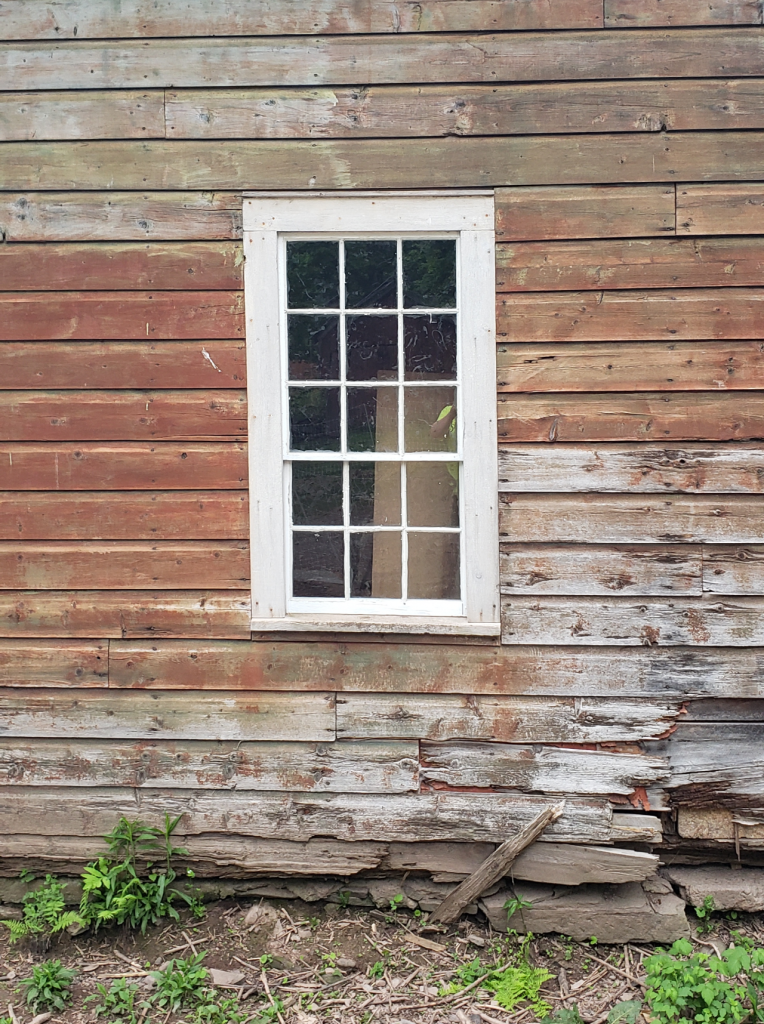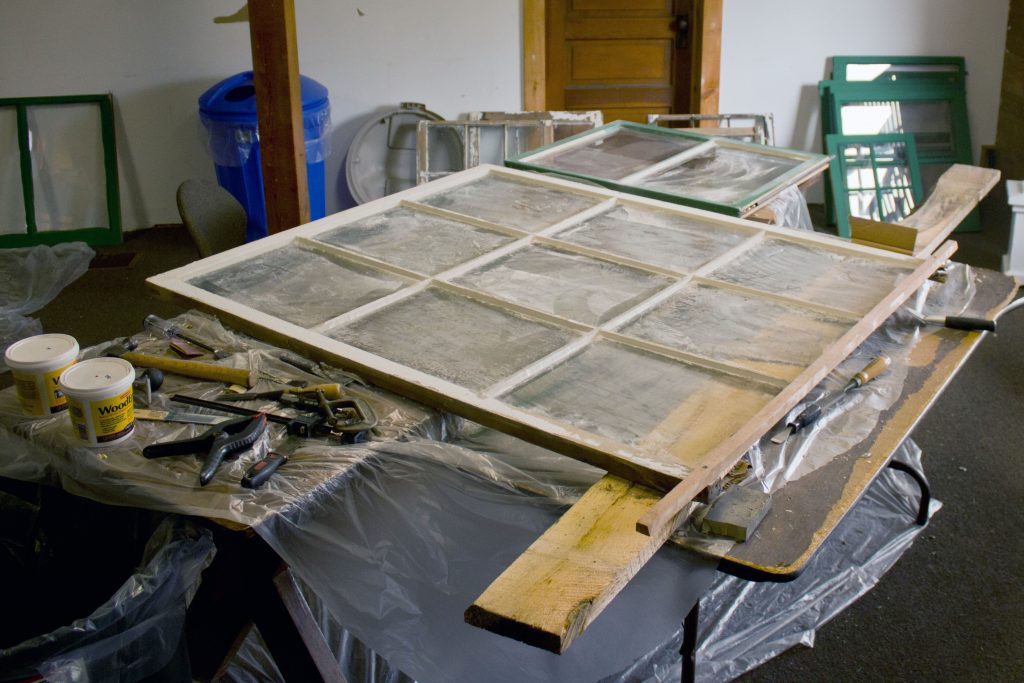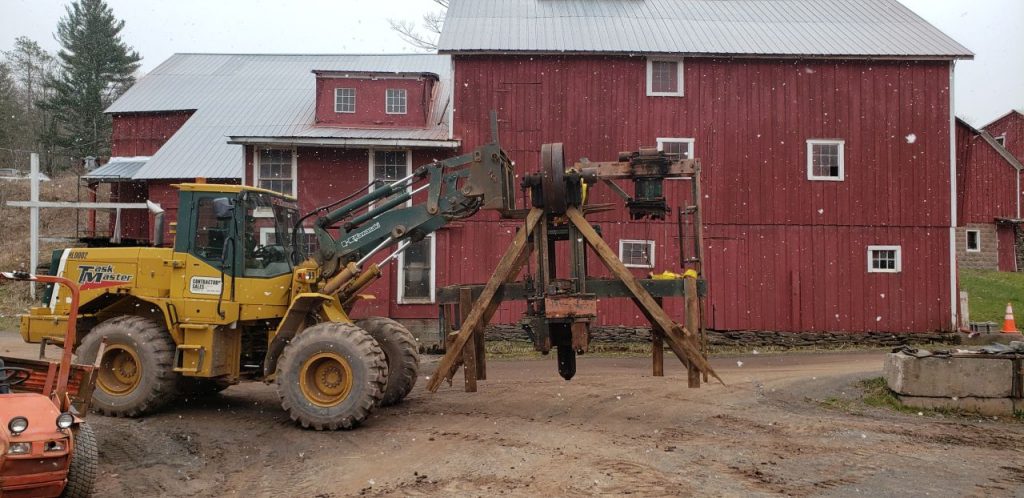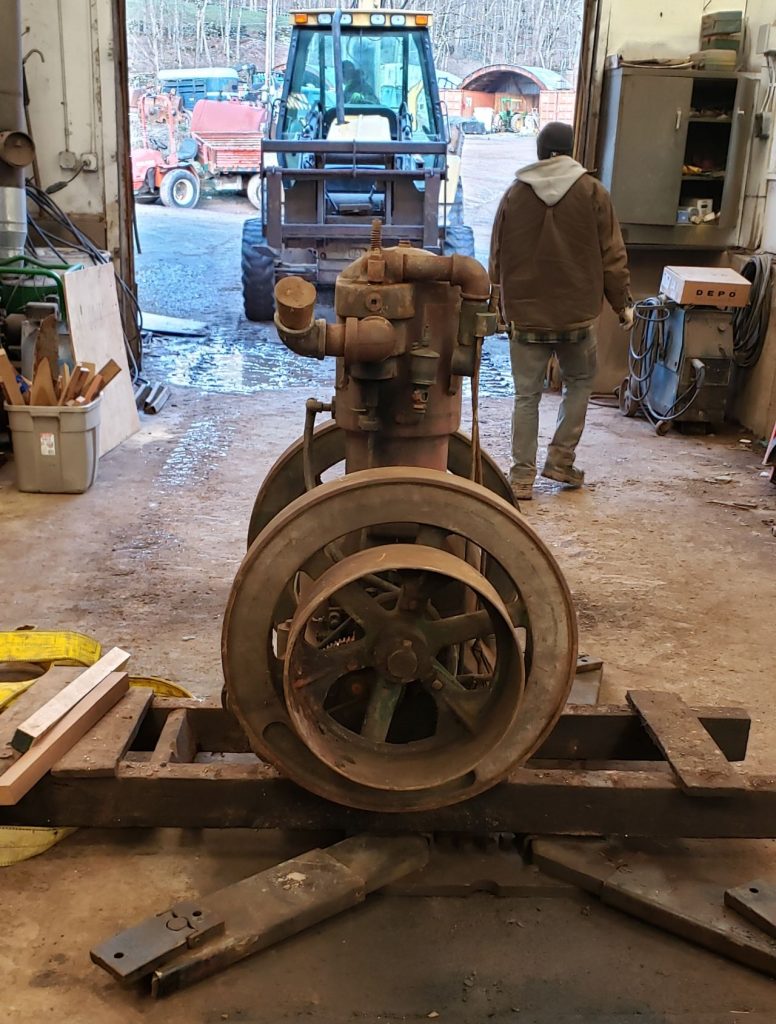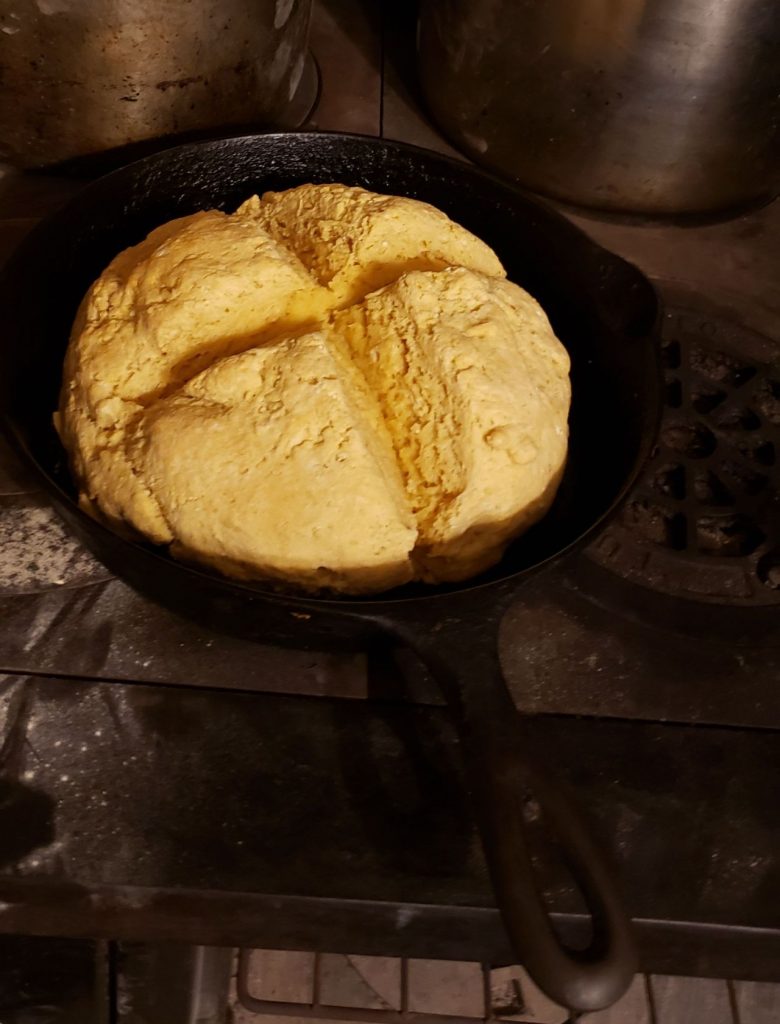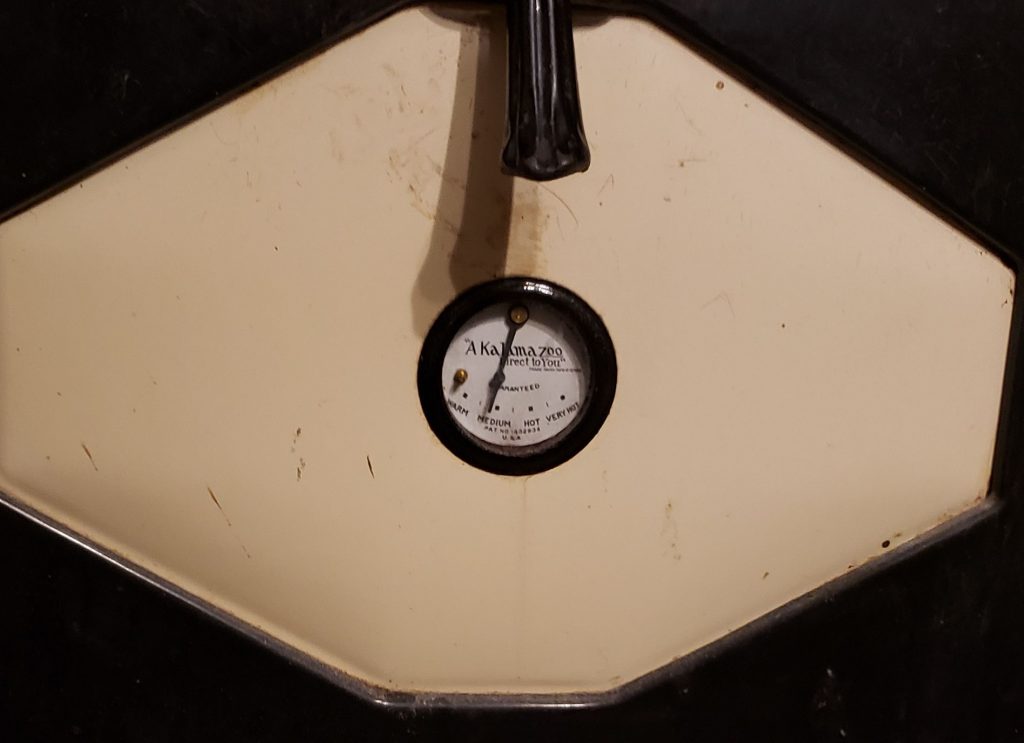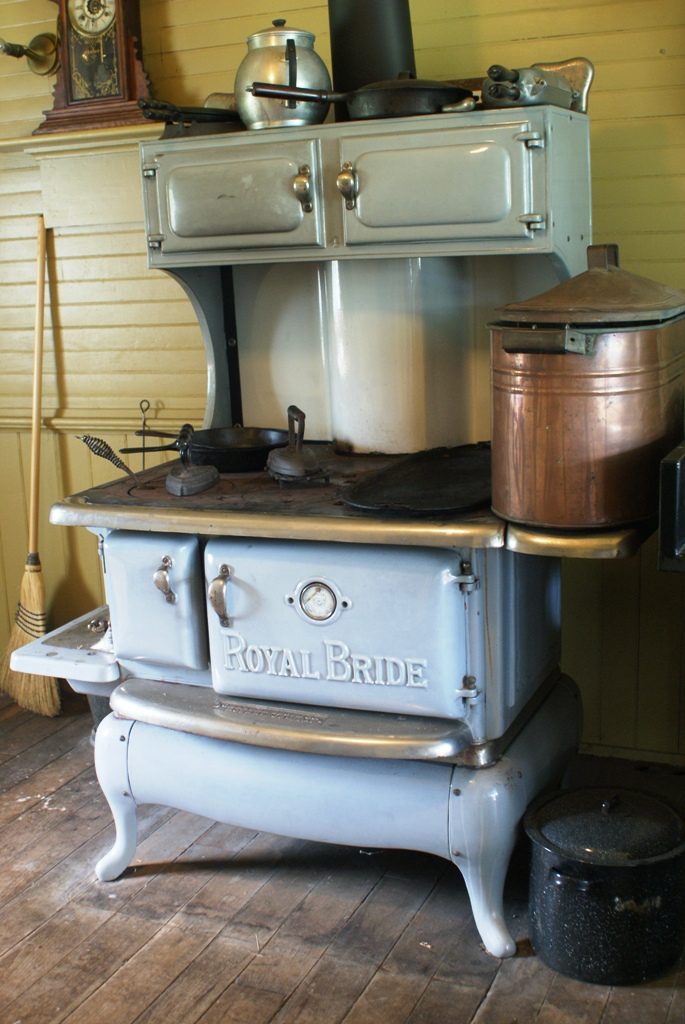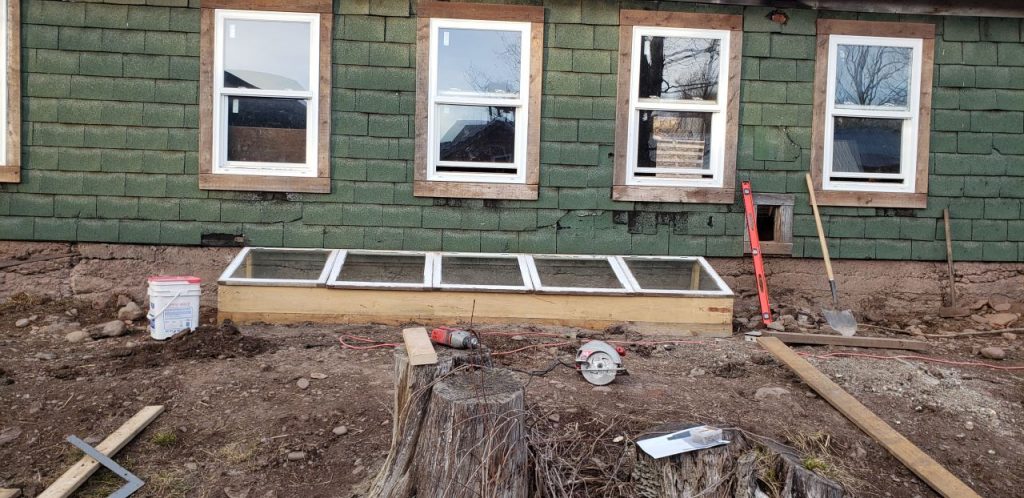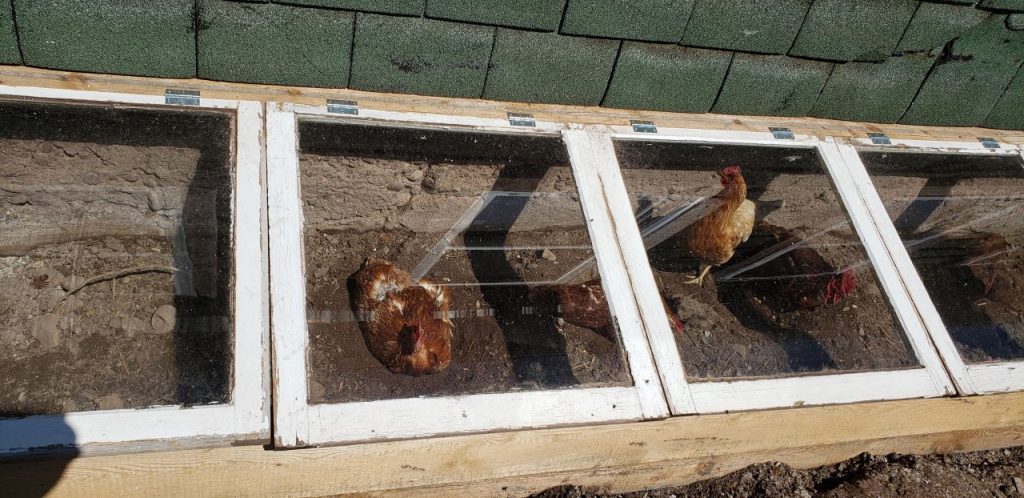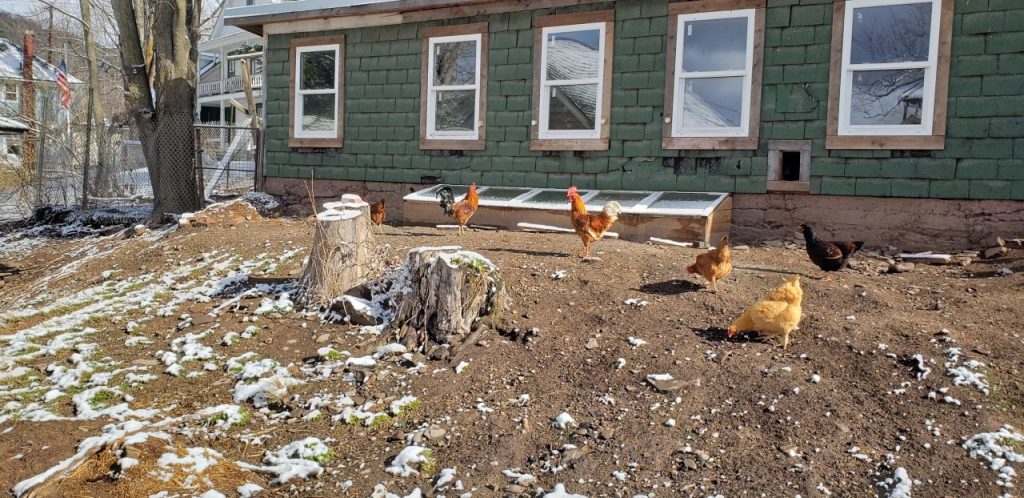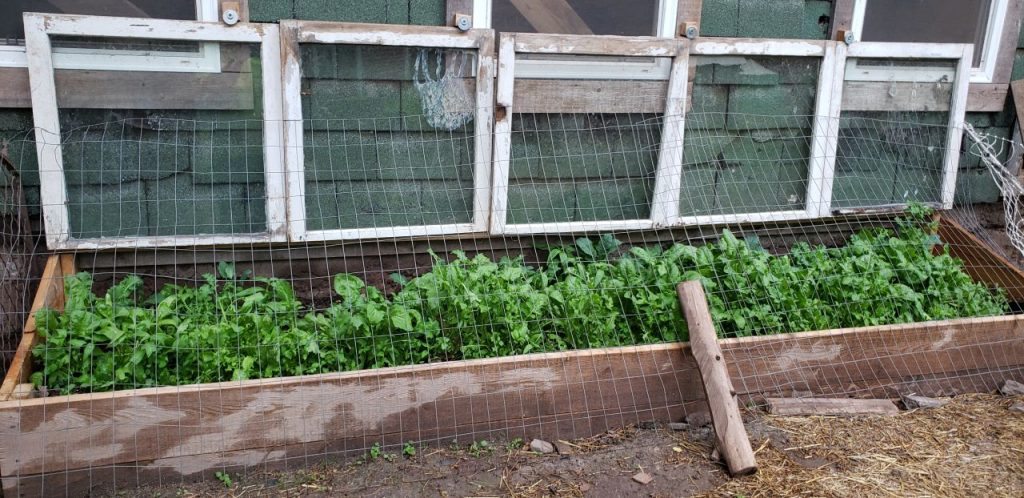Bernd Krause, who exhibits at Woodsmen’s Festivals and other Hanford Mills events, writes about his work building musical instruments.
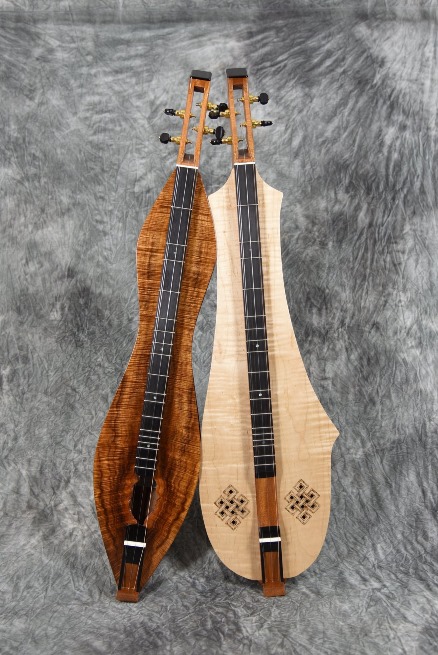
“Not a lot has changed for me during this pandemic. I spend pretty much all day every day in my shop building dulcimers, ukuleles and other instruments. This year has been particularly busy. I do miss going out to dinner with my wife and seeing the local bands perform.”
Krause said that dulcimer groups on Facebook are a good resource for him, putting him in touch with people who want to order instruments.
“Patience is very important, as many of the items I needed to complete the instruments came from all over the country and many states totally shut down. Things like tuners and some custom parts I was unable get for a while which slowed down or stopped progress on several instruments.”
“Although I enjoy bringing my instruments to Hanford Mills for people to see and learn about, I really enjoy bringing my springpole treadle lathe and shaving horse to demonstrate. I feel it fits in better with atmosphere at Hanford Mills. Hopefully next year I will be able to bring them again.”
We hope so too Bernd!
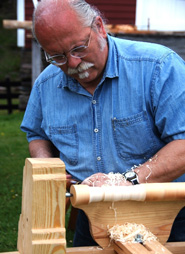
Bernd at his springpole treadle lathe at Hanford Mills 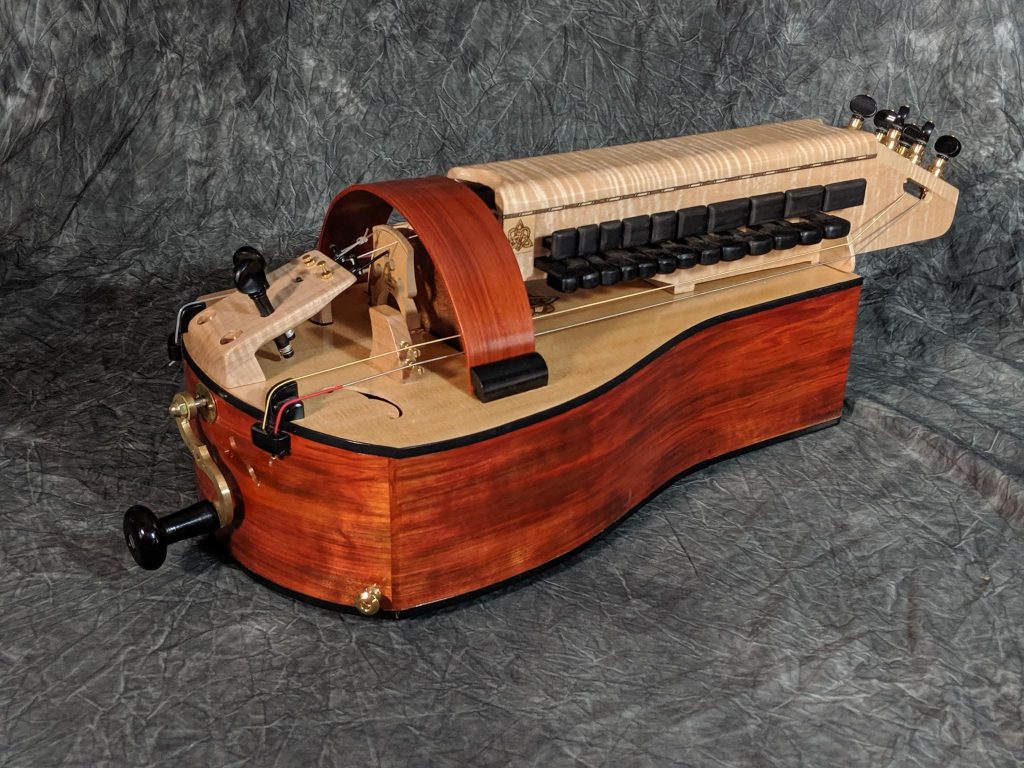
A hurdy gurdy by Bernd Krause
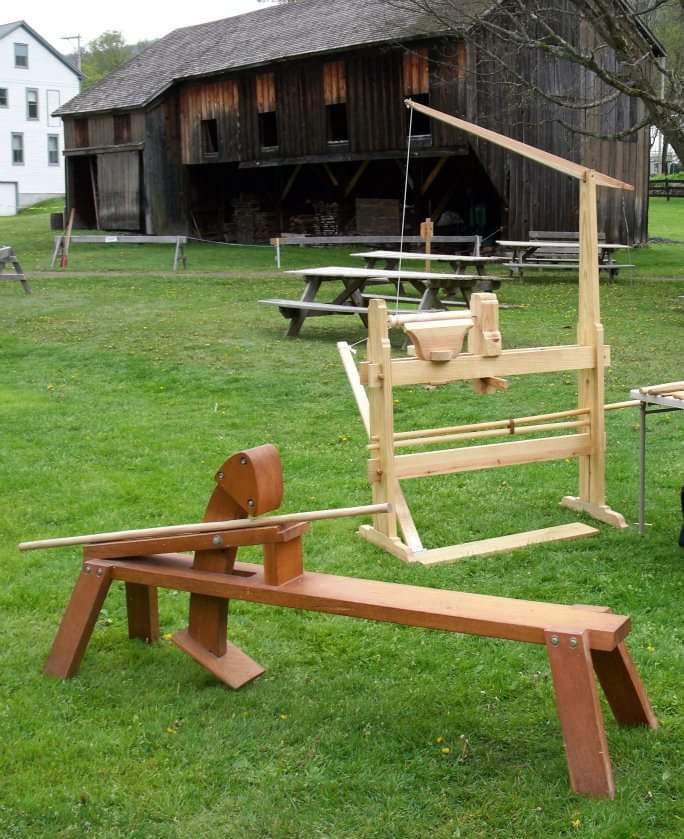
Bernd’s shaving horse and springpole treadle lathe on display at Hanford Mills.
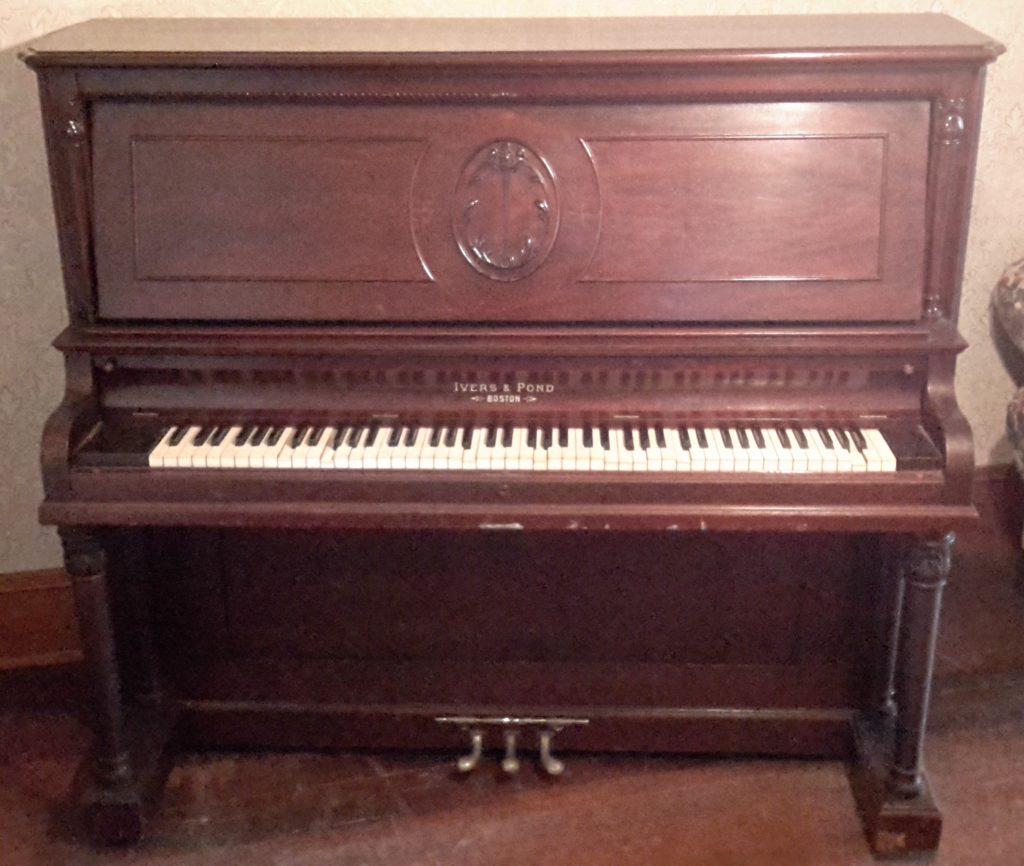
As far as musical instruments at Hanford Mills, there is a piano in the Hanford House that once belonged to Horace Hanford. The piano was donated to HMM by Ron and Grace Kent. The piano was sold by L.A. Babcock in Norwich, NY (inscribed on lid over keys) and it was made by Ivers and Ponds Piano Co, Boston in 1888.


